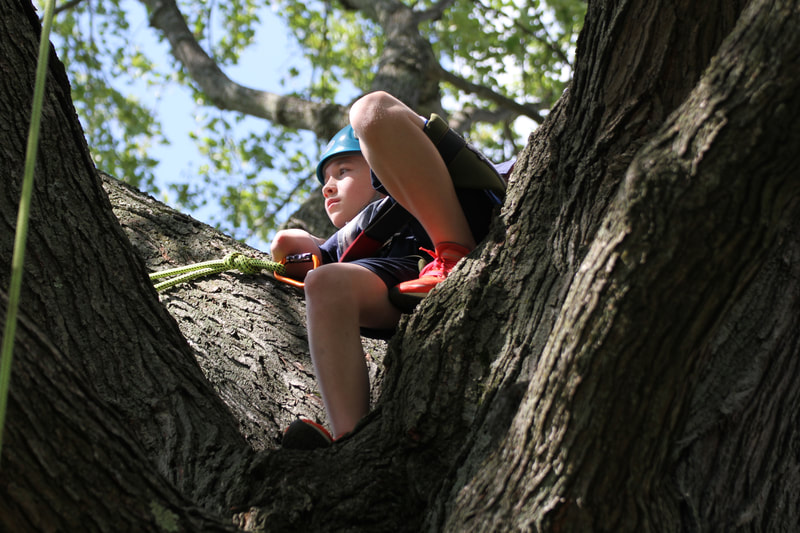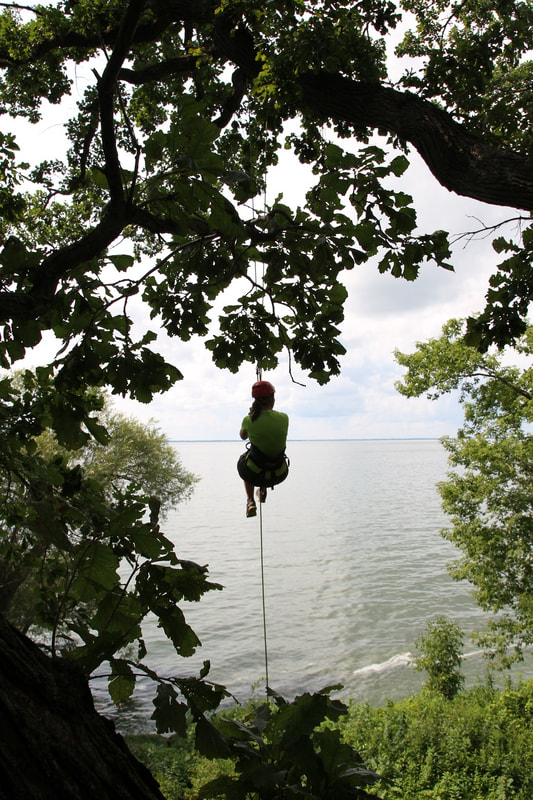|
Screen-time. It seems like we cannot avoid it. Growing up, screen-time was the television. For me that meant MTV, Discovery Channel, sitcoms or playing Atari. Today, screen-time also comes from our phones, tablets, watches, pc’s, laptops. At work, at home, in the car, in restaurants and bars, or even while we sit on a park bench. While I it can be difficult to truly grasp the numerous impacts screen-time has on humans, I recently had an experience that opened my eyes to the conditioning affect I have subjected myself to. For some people, online interaction is the equivalent of the in-person social interactions I am drawn to. When I consider the time I spend online, a fair percentage of it is with social media platforms, news feeds and email inbox. I engage with each of these in a similar fashion, scrolling through a never-ending feed of digital stimulation. Within a fraction of a second, I make a decision for the next course of action. If the item requires a relatively short amount of time for contemplation or consideration, like a picture, I can appreciate it for a few seconds before my thumb intuitively flips on to the next item. If the item holds some value or interest requiring more in-depth engagement, I might give it a minute, but no more. In many cases, the item gets flagged, saved or added to my list for later action. I believe this overabundance of information and stimulation is part of what makes our digital devices so addictive. As soon as I pick up my phone it’s as if I enter a trance where I scroll continuously until one item grabs my attention enough for me to take pause. While I may think I am learning or absorbing the information I come across, I question how much I retain in this state of mind as I cannot process completely before I am on to the next stimuli. This became uncomfortably apparent to me recently. Back in the Analog World One of my weekly goals is to spend one morning dedicated to reading articles, journals and magazines I have collected in my “future reading” pile. This stack of readings and bookmarks include the items from my digital binges, articles I had flagged for later, and notes I take from books I am reading. I was at the coffeeshop one of these mornings with the sole purpose of taking time to read through a small stack of professional journals and research articles that I had set aside. I had already thumbed through the journals and knew there were specific articles that I wanted to give more attention to. I settled in to enjoy quiet time with my readings over a cup of coffee. I began paging through until I came upon the first article of interest. Being somewhat technical in nature, it captured my undivided attention. That article had a lot of great information, and there were plenty more to go. Before long I reached the end of my stack. Looking down at my stack of journals, I had to laugh. Somewhere along the way I stopped reading articles and ended up skimming through the pages and dog-earing the interesting articles for future reading. What was I doing? I was there to read! It’s as if I am on a constant search for new information and answers to my questions, yet not taking the time to digest and process the information beyond face value. When I thought it through, I realized that I had unknowingly returned to my habit of mindless scrolling. My digital reflex had jumped into my analog world. Digital Fast It may seem easy to explain it away with the notion we hear in regard to shortening attention spans, but I doubt it is that simple. Do kids-these-days have shorter attention spans? Has my attention span been shortened in the digital age? I never pursued the field of psychology beyond a handful of introductory courses in college so I may date myself; but, every time I heard a ding on my phone or laptop, I pictured myself as one of Pavlov’s dogs. With each interruption no matter how brief, it typically results in at least a 10 to 15-minute disruption in my day as it takes that long to fully reengage my mind with the task at hand. Talk about a drain on productivity. It didn’t take too long for me to shut off notifications on my devices! I believe that maintaining ready access to social media, news feeds, and e-mail are a powerful distraction and hindrance to engagement with work, play, family and friends. How well do you stay in conversation with your spouse when out to dinner at a restaurant with 15 screens or your phone on the table? This leaves me wondering if attention spans are truly decreasing to a significant level, or how much of this has to do with distraction and conditioning? Move Forward by Leaving It Behind
It takes me long enough to sort through my thoughts and write an article. As I sit here at my laptop I know one thing is for sure; I’d be here all day if I did not have my email closed and phone in my bag. Removing these distractions appears to have a positive effect on my attention span. Keeping my phone in my bag or otherwise out of reach also goes a long way to breaking my sub-conscious habit of picking it up for no apparent reason. Picking it up of course being the trigger to my fingers’ conditioned response of bringing it back to life, sending me tumbling uncontrolled down the rabbit hole. Moderating screen time improves my work product and returns tremendous benefits for me psychologically and emotionally. Digital fasting helps me regain perspective and control of where I focus my attention. One of the aspects I enjoy about taking people into the trees is that everyone engages in the moment. Phones are set down, eyes look up to the branches above and the excitement builds. Being a unique and adventurous experience, it captures participants’ attention the moment they walk up to the tree. Some parents and teachers have wished me luck with their child or student, alluding to their short attention span or the idea that all they like to do is play on their phone. They assume I will have a hard time keeping their interest for two hours without digital stimulation. In reality, there are some climbers who wish to take their phone with them into the tree so they can get some pictures. Most do not. It is common for those who do ask to forget to even pull out their phone while they are climbing! Engaging in the activities you enjoy is great for keeping your attention in focus. Climbing requires some attention on the task at hand. During a climb, everyone needs to take a break. This is when you are able to sit in the saddle, take in the view, catch your breath, and breathe in the moment. You are present in the moment, processing the experience and your emotions. I find peace and a calm mind in activities like tree-time. I find the same when I disconnect.
1 Comment
|
AuthorAs a G.O.T.C. Recognized Master Instructor & Facilitator, I.S.A. Board Certified Master Arborist, and T.C.I.A. Certified Treecare Safety Professional, Curt has spent over 30 years dedicated to the study and care of trees. Categories
All
Archives
May 2024
|
|




 RSS Feed
RSS Feed
